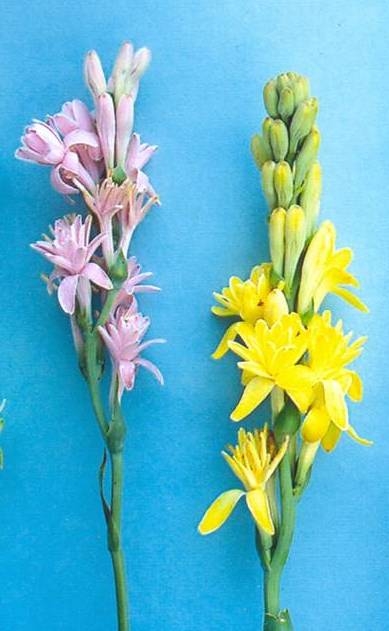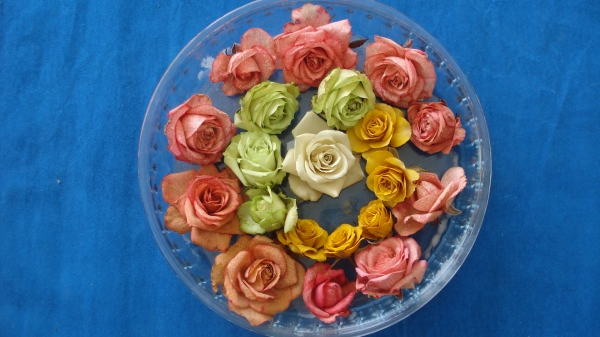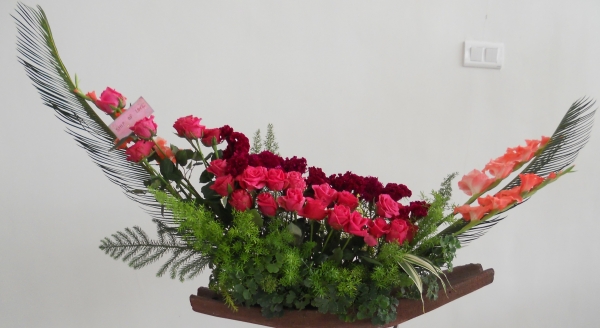
Marketing sector via Value addition has gained momentum with the rapidly growing flora industry. It is the ultimate way to rescue the flowers from the huge postharvest losses. Value addition in form of floral craft increases the economic value and consumer appeal of floricultural commodities and serving as a linkage between growers and consumers, it directly emphasizes the utility of flowers and a necessity for marketing of flowers. Other forms of value addition in flowers like essential oils, tinting, flower-drying, art of floral arrangements are gaining momentum and popularising in our country as well. There is a vast opportunity in value added floriculture trade at entrepreneurial level for rural and urban people including women besides growing and selling flowers. Value-adding is one such strategy that is also a logical extension of many farm businesses and can exploit underutilized farm resources for increased returns. Small-scale farmers can set up small enterprises where value addition in the form of bouquets, garlands, venis, flower arrangements in containers, dry flower making etc can be taken up. High end value-adding involves processing in some way such as dry flower, essential oil extraction, flower dye making, making of flower carrying box etc. Value-added products offer higher return, opens new markets, creates brand recognition and add variety to farm operations. Value-added products can significantly enhance growers businesses, and offer them a steady income even during the off-season.
Value Added Products
--------------------
Floral Craft based on Flower arrangement-
----------------------------------------
The popularity and commercialization of floral craft i.e based on flower arranment art is rapidly increasing in our country as depicted from the magnificent floral decorations costing from Rs 10,000 to 20 lakhs in wedding and religious ceremonies. There is around 20 to 200% monetary value addition through flower arrangements in different forms. The growing popularity of special day celebrations like Valentines day, womens day and mothers day has also contributed to the growth of this art cum industry. This sector is rapidly expanding with the growing rate of flower consumption.Floral bouquet factories flourishing in Thailand, China, UK, etc., are offering sale of bouquets on many websites. Websites like www.theflowerfactory.com, www.flowerfactory.co.nz, www.flowerfactory.ca, www.theflowerfactoryusa.som etc are found on the internet, which offers floral décor for all occasions ranging from weddings, reception, spring, anniversary celebrations, etc., at your door step to make your celebration a memorable one. The bouquets and floral arrangements cost from US$ 8 to US $300 by these floral factories.The concept of floral designing has great application in modern bouquets and decorations on stage, walls, ceilings, curtains for various ceremonies including wedding. Although, this floral live art has become an integral part of ceremonies, it is yet to enter our homes and offices on regular basis. This global aesthetic live art needs to be explored at industrial level in India.
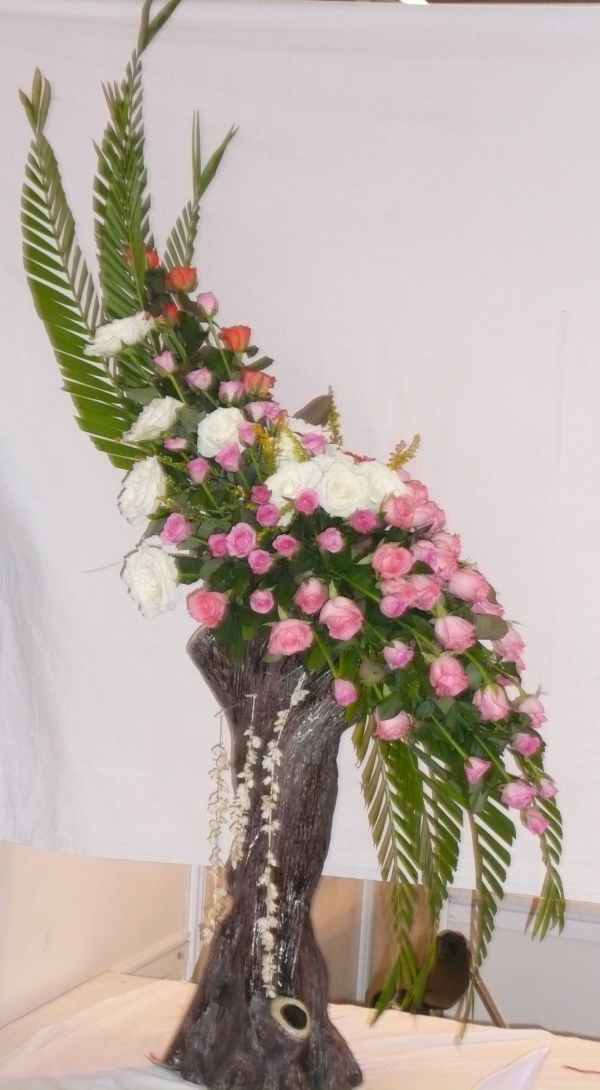
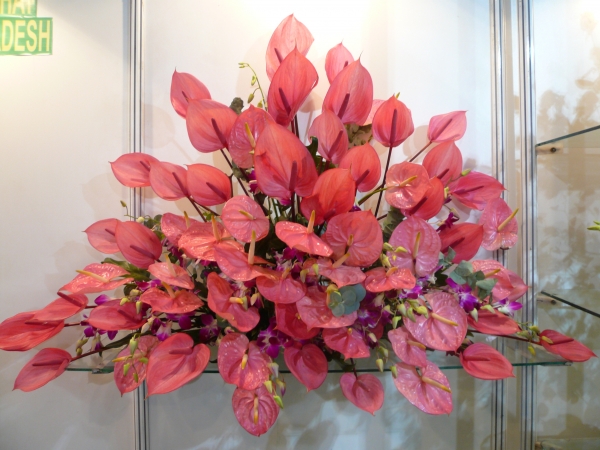
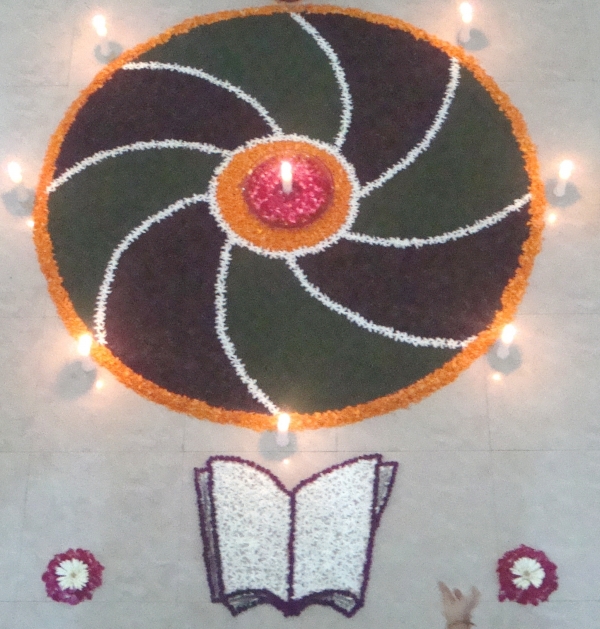
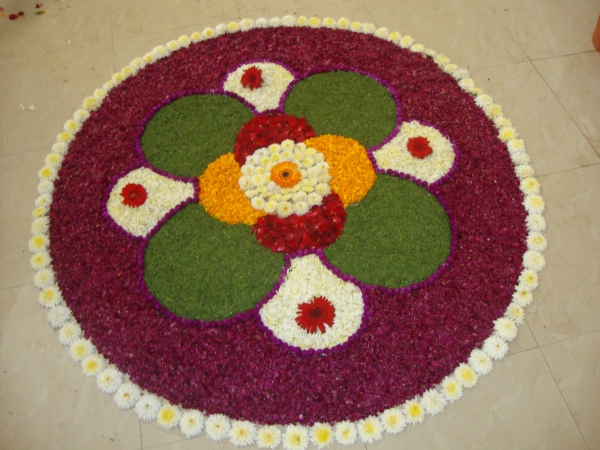
Dry flowers-
------------
Dry flowers and plant materials have tremendous potential as substitute for fresh flowers and foliage for interior decoration as well as for a variety of other aesthetic and commercial uses. Although, India is rich in its biodiversity in native ornamentals, at present the industry is not properly established and depends on plant material available in forests and no systematic growing of specialized flowers for drying exists anywhere in the country. In India, Maharashtra, Karnataka, Andhra Pradesh, Hyderabad, and Kolkata have emerged as major hubs of dry flowers industries in recent times. For making dry flowers, flowers and plans parts can be collected from wild sources of some flower crops like Dahlias, marigold, jute flowers, wood roses, wild lilies, helichrysum, lotus pods, etc. Some flowers that are air-dried and used include Dahlias (Dahlia hortensis), poppy seed heads (Papaveresomniferum), roses (Rosa), Delphinium, larkspur (Consolidaambigua), lavender (Lavandulaaugustifolia), golden rod (Solidagocanadensis) African marigold (Tageteserecta) strawflower (Helichrysumbracteatum), cornflower (Centaureacyanus), statice (Limoniumsinuatum), globe amaranth (Gomphrenaglobosa), lotus pods etc. Even pod and fruits of many shrubs and trees are being exploited for drying. Inflorescence of many grasses like Airaelegans, Alopecuruslanatus, Agrostis, Coix, Erianthusetc can be exploited for drying purpose. The demand for dry flowers is increasing at an impressive rate of 8-10% and therefore there is a great scope for the Indian entrepreneurs. Dry flower articles like dry flower bouquets, cards, wall hangings, sceneries, frames, wreathes, pomander etc are also poplarising in the market.
A significant component of dry flower export comprise of potpourris. The exclusive `Potpourrie` made of dry flower with added fragrance to serve as an attractive room freshner is highly popular at global level. There are export oriented dry flower units that are specialized in processing of potpourries. It is a special mixture of dried sweet scented plant parts including flowers leaves, seeds, stems and root with some fragrant aromatic oil added to it. The important dried ornamental plants used for making potpourris are roses, lilacs, lavender, pinks, hyacinths, lilies, violets, wall flowers, marigold and many others which are associated with essential oil viz., geranium, daisy bush, bergamot, sage, savoury, thyme, angelica and sweet cicely. In addition, foliage of ferns, pine- cones, lily pods and driftwood and other items from nature`s treasure of exotic bloom are collected from forests and gardens. The dried matter are sometimes artificially dyes with some bright dyes also. Potpourris is normally designed in a transparent glass bowl or a ceramic jar or stored in a colourful satin or muslin sachet or in a thick transparent polypropylene film with its opening being tied with silk ribbon.

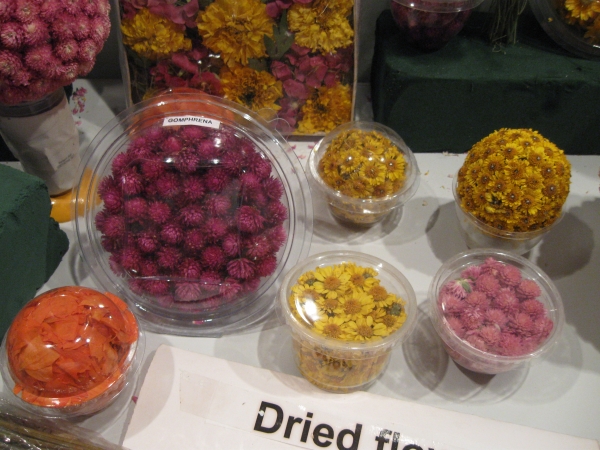
Essential oils-Essential oils are concentrated volatile aromatic compounds produced by plants. They are made up of different chemical compounds like alcohols, hydrocarbons, phenols, aldehydes, esters and ketones. An oil is "essential" in the sense that it carries a distinctive scent or essence of the plant. Essential oils are extracted from oil `sacs` in flowers, leaves, stems, roots, seeds, wood and bark. It is generally extracted by distillation, though other methods like expression and solvent extraction are also used. Oils obtained through the process of solvent extraction are known by different names like oleoresins, concretes and absolutes, depending on the solvent used for extraction and the plants from which these are obtained. Factors such as types of plants, chemical make-up of oil and the plant part influence the extraction of oils from plants.
Emerging demand in spas and aromatherapy along with growing awareness towards ecofriendliness and natural products has given impetus to essential oils and perfumery from natural sources. According to a report by the National Research Development Corporation (NRDC), the total demand for essential oil is roughly split between the fragrance industry (60%), flavour industry (20%), and pharmaceutical industry (20%). At present in India about 30 % of the fine chemical used annually in perfumes and flavours come from essential oils. Flower crops for essential oil include mainly rose, jasmine, tuberose, marigold, plumeria etc. Rosa damascene is exclusively cultivated for extraction of essential oils, rose water, attar, gulkhand, etc. in certain pockets of Rajasthan and Uttar Pradesh. Aromatherapy is based on the curative effects possessed by the peculiar aromas of these oils. It is a form of alternative medicine in which healing effects are ascribed to the aromatic compounds in essential oils and other plant extracts. Aromatherapy is the use of essential oils from botanical material (flowers, herbs and other aromatic plants) to achieve relaxation, relief from stress and other disorders. The oils are applied to the body in different ways - massage, inhalation, bath, creams, compresses etc and as a rule are not taken internally Many common essential oils have medicinal properties that have been applied in folk medicine since ancient times and are still widely used today. Many are also claimed to have an uplifting effect on the mind. The essential oil industry holds abundant opportunities for new and existing entrepreneurs. The flowers used commercially for oil extraction are jasmine, rose, tuberose, marigold, plumeria, champaka, magnolia, millingtoniaand ylang-ylang.
Dyeing and Tinting Techniques in Flowers
-----------------------------------------
Tinting is the technique colouring white flowers artificially through pigmented vase solution.The process of tinting or dyeing the flower involves the theory of capillary action. Due to transpiration, the cut end of the stem absorbs more water to replenish the water that was lost. Once absorbed by the cut stem, water and everything it contains, including the dye, travel through the plant through the xylem. Solutions of acidic dyes viz.,Bromocresol green, Bromophenol blue, Phenol red, Eosin and powdered form of food dyes viz., Orange red, Lemon yellow, Apple green etc can be used for tinting flowers. Food colours are anionic and safe and better for tinting flowers. Food colours are also available in liquid form. They are water soluble and are used to systematically dye fresh cut flowers that can be used freshly or as a dried or preserved product. Generally the concentration of the solution is 0.1-0.2%. The flowers are allowed to stand in this solution, overnight. After the desired colour is achieved, the tinted spikes are removed and washed thoroughly with water and then after placed in plain water. These tinted flowers can then be stored at 4-5°C for three days in dry cold storage after appropriate packaging. Potential Flower Crops suitable for tinting are tuberose, Candytuft, lady`s lace, white varieties of gladiolus, roses, carnations, chrysanthemums, orchids, etc.Fresh cut and freshly opened flowers should be used for best results. While tinting, flowers should be placed at room temperature and optimum relative humidity should be maintained as these factors influence the intensity of colour induction in the flower.For better postharvest quality, tinting can be combined with pulsing treatment.Thus, tinting and dyeing of flowers is an easy method to have brilliantly and uniquely coloured flowers at our disposal, anytime for any occasion. This technique of value addition in flowers has given chances to make the best use of the white coloured flowers by giving them novel hues and colour patterns.
